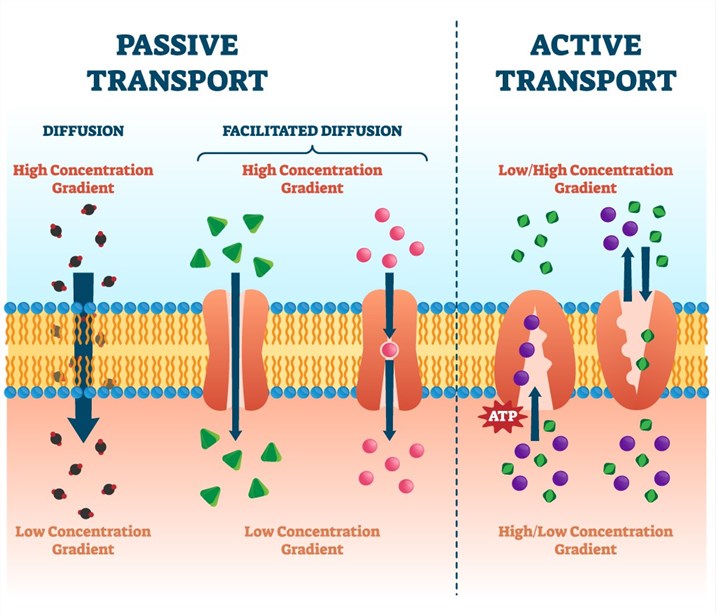Mechanisms of permeation through biological barriers include active transport, passive diffusion, paracellular, and efflux. Passive diffusion is an important way for drug absorption, and nearly 80-95% of commercial drugs in the human body are absorbed through passive diffusion. The Parallel Artificial Membrane Permeability Assay (PAMPA) is a passive transcellular permeability model that allows permeability assessment of compounds over a wide pH range and is widely used to predict passive drug transport.
In the PAMPA model, an artificial membrane consisting of a lipid-oil-lipid sandwich structure is generated. The test compound diluted in the buffer is placed in the donor well, from which the compound then enters the artificial membrane and enters the acceptor pore by passive diffusion. Compared with other methods, the PAMPA model only tests passive diffusion, which is not affected by metabolism and active transport, and is considered to be an easier, faster and less expensive method. Depending on the particular lipid and the buffer used, the PAMPA assay can predict gastrointestinal absorption (PAMPA-GIT), blood-brain barrier permeability (PAMPA-BBB), or transdermal penetration (Skin-PAMPA).

As an experienced service provider in molecular discovery and research, Profacgen offers high-quality PAMPA models to predict gastrointestinal absorption (PAMPA-GIT), blood-brain barrier permeability (PAMPA-BBB) or transdermal penetration (Skin-PAMPA). Our platform uses a pre-made PAMPA pre-coated plate system that can generate calibration curves for each compound for which donor and acceptor concentrations are measured. Results were measured by LC-MS/MS. Caffeine can be used as a positive control and Famotidine as a negative control.

Profacgen has accumulated lots of experience in PROATCs. Our professional technical team can provide customers with high-quality parallel artificial membrane permeability assay and many related featured services. Our competitive prices and extensive expertise have earned us the trust of our collaborators. Contact us to find out how Profacgen could be of assistance.
Reference
Fill out this form and one of our experts will respond to you within one business day.